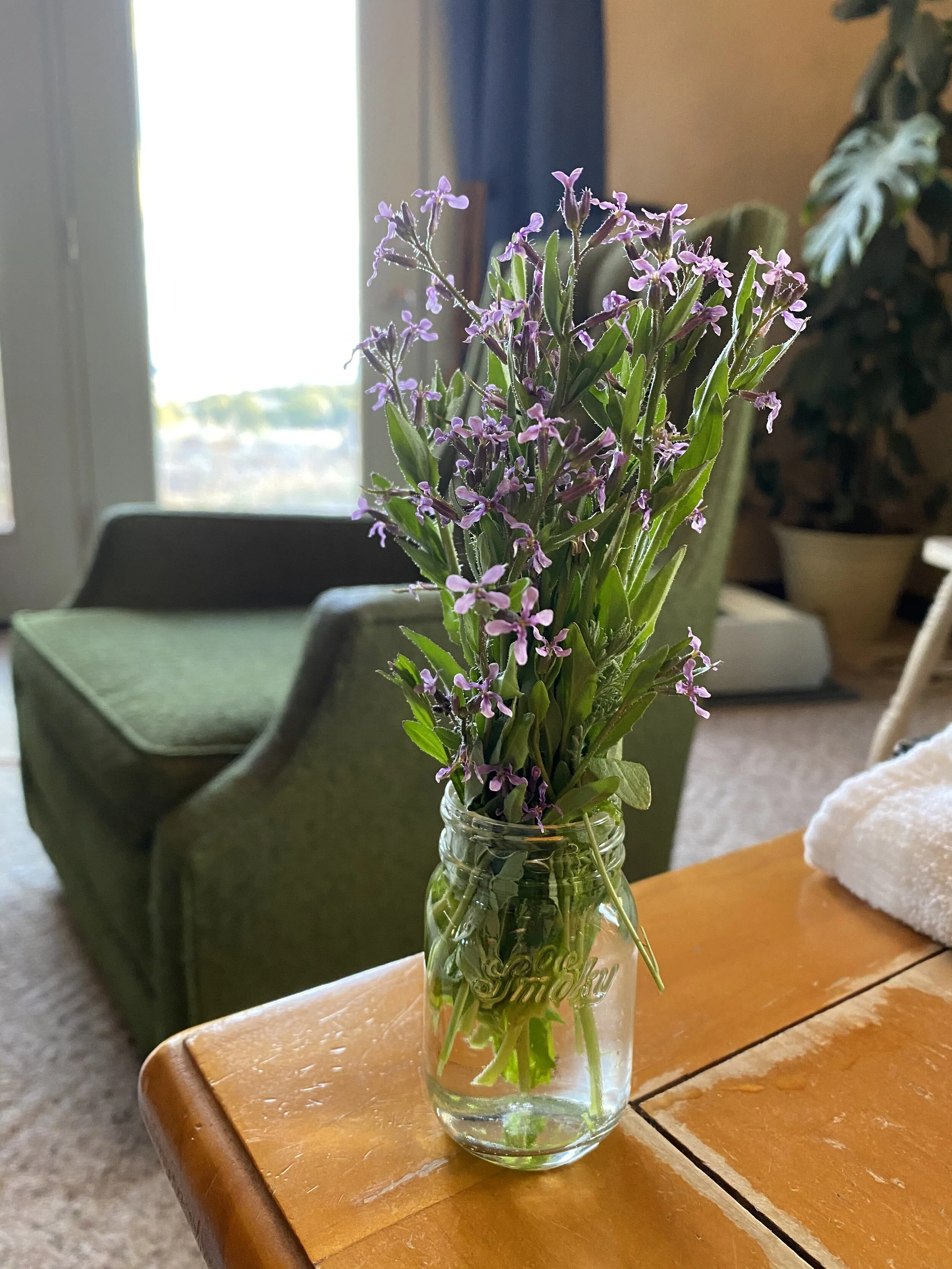Dandelion: A Deep Dive into the World's Most Famous Edible and Medicinal "Weed"
From the Book of Flower Studies by Master of Claude de France ca. 1510–1515.
There are unquantifiable acts of kindness attached to our dandelion. How many mothers have been handed a dandelion flower with love? How many wishes have ridden with their sailing achenes on the wishing breath of children? Who does not know the famous Earthy-gold scent of a dandelion flower?
This herb offers us salad, “coffee,” pickles, wine, capers, and so many medicinal comforts that it is widely considered a botanical panacea. It’s not hard to imagine that dandelions like to grow where our children grow; they want to be near us; they invite us to laugh with them open fields, and they wish for us to be happy and well fed.
I have found a 150-year old recipe for Dandelion wine that I want to share with you. I have found countless songs. I have found beautiful poetry. For being such a hated “weed,” why has this lowly plant strummed the chords of our artistic imagination for so long?
Traveller, sometimes loneliness is just spiritual farsightedness.
Welcome to the the beauty hiding close to you. Welcome to the world of
Taraxacum officinale
The Dandelion
Image taken by the author.
Aliases — Blowball, common dandelion, dandelion, faceclock, chicoria, consuelda, pissabed, swine’s snout, lǒwenzahn, agriomoroulia, pikraphake, earth nail, golden hair, pu gong ying, yellow gowan, fortune-teller, wild endive, bitterwort, Irish daisy, cankerwort, Fr.: Dent de Lion, Pissenlit. Ital.: Tarapaeo, Macerone. Span.: Diente de leon. Port.: Dente de leao. Germ.: Lowenrahn, Pfaffenrohrlein. Dut.: Pardebloem, Zeenwenand. Swed.: Legontand, Maskrason.
Binomial Etymology — Taraxacum officinale — Taraxi- is “confusion, or trouble;” -cum is “a wave” (Borror, 1960). The species name, officinale, is a distinction given to plants that were used in the official Roman pharmacopeia as a medicinal plant (Deane, 2016).
Binomial Pronunciation — tar-AX-a-kum oh-fis-in-AY-lee
USDA Classification — Weedy, invasive.
“A Dandelion with a Tiger Moth, a Butterfly, a Snail, and a Beetle” by Barbara Regina Dietzsch (1750).
Dandelion Description
This ubiquitous perennial forb exudes a milky latex when broken. Its stemless leaves radiate in a rosette fashion from the crown of a long, sometimes carrot-like, taproot. The leaves can either be bluntly or sharply lobed with no spines or fuzz. The flower stalks are leafless, and hollow. The showy, yellow “flower” is actually a yellow inflorescence (a grouping of many small flowers that coalesce to make what appears to be a single flower), or composite flower. Each tiny flower is fertilized to produce a single achene (a fruit containing one seed) attached to a whispy, white, and fiberous “parachute.” The whole of these fertile seeds create the familiar and fluffy-white dandelion seed head.
Barbara Regina Dietzsch (German, 1706 - 1783), Dandelion, German, about 1755, Watercolor and gouache on vellum, bordered in gold, 29 × 21 cm (11 7/16 × 8 1/4 in.), 2004.147.
Dandelion Poisonous Lookalikes
I am unaware of any poisonous lookalikes to Taraxacum officinale. There are a few edible lookalikes including the false dandelion (Agoseris glaucum), the field sowthistle (Sonchus arvensis), and the mouseear hawkweed (Hieracium pilosella). Remember, a true dandelion will:
Have no leaves attached to stems
Will exude a milky latex when broken
Will have lobed leaves
Will have no spines
Dandelion Habitat
This familiar cosmopolitan weed grows in moist/grassy areas such as lawns, parks, and meadows. If you don’t know where dandelions grow, you may need to go outside more often.
Taraxacum Officinale (Common Dandelion) enlarged 8 times from Urformen der Kunst (1928) by Karl Blossfeldt. Original from The Rijksmuseum. public domain CC0
Edible Uses of Dandelion
The leaves (especially the young ones) can be boiled, steamed, or eaten fresh as a delicious, although bitter, potherb. Parboiling (boiling in one or more changes of water) or soaking the leaves in baking soda decreases the bitter flavor. The flowers are used to make a beautiful, golden summer wine. The flowers also can be eaten raw, or can be battered and fried. The roots can be dried and toasted to make a coffee-dark tea. The flower buds can be pickled as a caper and are delicious. The roots can be cooked and eaten as a root vegetable, and can apparently be pickled, although, I have not personally tried doing this (please let me know in the comments if you have).
Noh Robe (Atsuita) with Young Pines, Cherry Blossoms, and Dandelions: first half of the19th century.
Dandelion Ethnobotany
The root tea and leaves are widely esteemed by modern herbalists as a safe diuretic, increasing the frequency of urination and thus working to “detoxify” the body, however, it seems as if this is said about nearly every plant on Earth. A tincture of the roots is said to ease the symptoms of hepatitis and strengthen kidney function; the whole of the plant is said to stimulate the liver, and the root tea is said to aid in dissolving kidney stones (Moore, 1989). Moore also claimed that the pickled root can be used as a powerful remedy for various incarnations of inflammation (1989). Further, the dandelion root is said to aid in lowering blood glucose levels, and body weight as well as acting against tumor growth. It has been said that the dandelion has been used in treating breast cancer for nearly 1,000 years. The medicinal uses of the dandelion by America’s native inhabitants are legion, so get ready.
The Navajo, and Ramah peoples used the pulverized leaves as a topical aid to reduce swelling; the Aleut used wilted leaves to quell stomach achesand sore throats; the Ojibwa used the plant as a means to reduce fevers; the Cherokee used dandelion tea as a mild sedative; the Shoshoni utilized the plant in decoction as an antiseptic wash; the Iroquois used the plant to ease back pain, amnesia, liver spots, puffy eyes, kidney trouble, dropsy, constipation, toothaches, swollen lungs, and crushed testicles (I hope to never put those words together again); the Kiowa employed the plant to combat menstrual cramps; and the Ojibwa used a root infusion to combat heartburn (Moerman, 2009).
Taraxacum officinale was utilized by the Scotts in the 18th century as a diuretic and in tanning leather (Smollet, 1756).
“Lest a nightmare should come to the fairies' cousin twice removed on their mother's side,” by Dugald Stewart Walker from his book “Dreamboats and Other Stories” (1920).
150-Year-Old Dandelion Wine Recipe
(1869). Cassell's household guide: being a complete encyclopaedia of domestic and social economy, and forming a guide to every department of practical life. London: Cassell, Petter, and Galpin.
Detail of Cassell’s Home Guide above.
I am in the process of brewing the above recipe for dandelion wine and will expand this section as I finish the process. In the meantime, I encourage you to try the recipe yourself.
Dandelion Pharmacological Effects
Two secondary metabolites, peptides named ToHyp1 and ToHyp2, were recently isolated from dandelion that were previously unknown to science; these novel compounds have shown notable anti-fungal and antibacterial activity (Astafieva, et al., 2015). Taraxerol and Taraxasterol — compounds reported to have anticancer activities — have been isolated in dandelion roots (Sharma & Zafar, 2016). Taraxacum officinale leaf extract has shown to strongly discourage hepatitis C viral reproduction without damage to the human cell in in vitro experiment (Rehman, et al., 2016).
Credit: Dandelion (Taraxacum officinale): entire flowering plant. Coloured etching by C. Pierre, c. 1865, after P. Naudin. Credit: Wellcome Collection. Attribution 4.0 International (CC BY 4.0)
Dandelion Magic
A decoction of the dandelion root was employed as a witch repelling wash by the Iroquois (Moerman, 2009). It is said that if the dandelion seeds float away on a windless day, this is a divination of a coming rain (Beals, 1917).
Dandelion History
The common name, dandelion, is a perversion the Latin, dens leonis, which gave rise to the French, dent de lion; both phrases translating to “lion’s tooth,” in reference to the dandelion’s sometimes sharply lobed leaves. In the 14th century, the dandelion was referred to as caput monachi or prestis croune (Henslow, 1912). The French lent a nickname to the plant, pissenlit, to highlight the plants diuretic qualities. This term was adopted later by the British as pissabed. Although many claim the dandelion to be a pinnacle elder in the pantry and human pharmacopeia, Taraxacum officinale remains strangely unrepresented from many ancient texts beyond a passing mention.
Theophatrus (371–287 BC), the Greek philosopher and pupil of Aristotle, wrote of the dandelion in his Enquiry into Plants that it was unfit for food because of its bitterness (Theophrastus). Although Taraxacum offinale is said to be roughly native to Greece, Pliny the Elder, Dioscorides, and Hippocrates are all strangely mum in mentioning this plant in their natural history publications. Much of this may have to do with the ambiguous nature of their descriptions coupled with uncertainty in what the proper title of dandelion was in ancient Greece.
[Dandelion Seeds] by William Henry Fox Talbot (British, Dorset 1800–1877 Lacock)
Dandelion and Literature
Ballad of Dandelion Wine
He flowers of the country-side
More fragrant are than those in shops,
The beer that gives Milwaukee pride
Is brewed from malt and bitter hops;
Forswear the wire-bound cork that pops,
The juices of the foreign vine —
My dream of beverages stops
With good old dandelion wine!
Farewell to barley, grape and rye
From California or Kentucky;
While dandelion faces lie
To catch the sun, then I am lucky.
To wet a lusty raisin pie
Or pledge the lady that is mine,
There is no sweeter draught (say I)
Than good old dandelion wine.
Bespeak for me no old sloe gin,
No bubbly acid from a syphon —
This golden fluid, clear and thin,
Is what I choose to live my life on.
There are more costly brands of fizz,
But, for a tingle down your spine,
The very sweetest tipple is
Our good old dandelion wine!
— Christopher Morley (1916).
“…[The Dandelion is] of considerable importance ‘in rural economy and medicine. The roots are used in most of the Western Isles, and in the Orkneys, for tanning of leather; in which intention they are proved by experiments to be superior even to the oak bark. They are first of all boiled in water, and the leather afterwards steeped in the cold liquor” (Smollet, 1756).
“… how she had made chains of dandelion-stalks for youthful vowers of eternal constancy, dressed chiefly in nankeen; and how soon those fetters had withered and broken” (Dickens, 1862).
Science, Industry and Business Library: General Collection , The New York Public Library. (1739). Dandelion. Retrieved from http://digitalcollections.nypl.org/items/510d47dd-c1f5-a3d9-e040-e00a18064a99
Dandelion Nutrition
Dandelions are a rich in vitamins A,B,C, and E as well as calcium, potassium, phosphorus and iron (Elpel, 2013).
L. Prang & Co, P. (1882) To my valentine. By dandelion post I send this valentine to my friend / illegible monogram. , 1882. [Boston: L. Prang & Co., Boston] [Photograph] Retrieved from the Library of Congress, https://www.loc.gov/item/2016652330/.
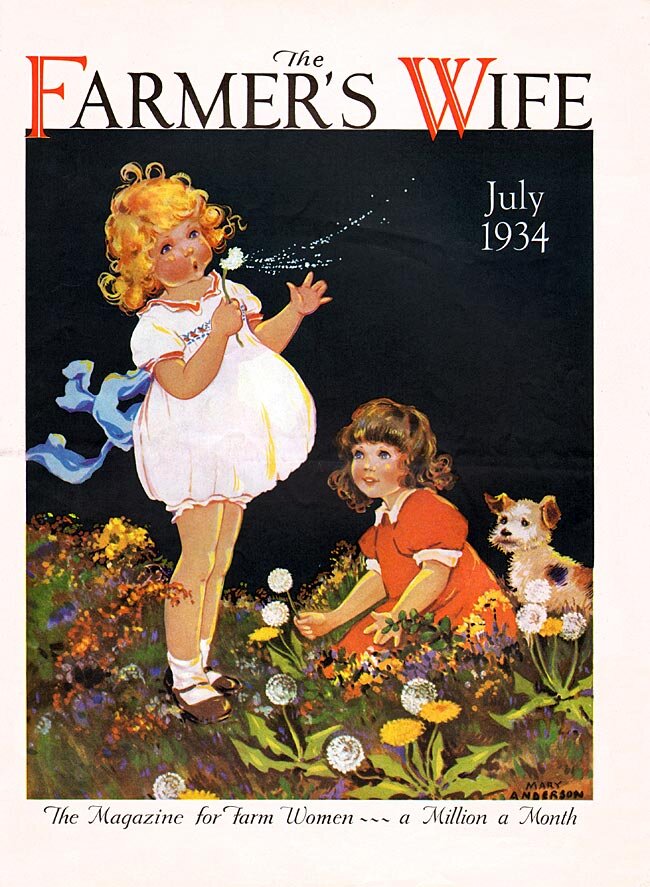
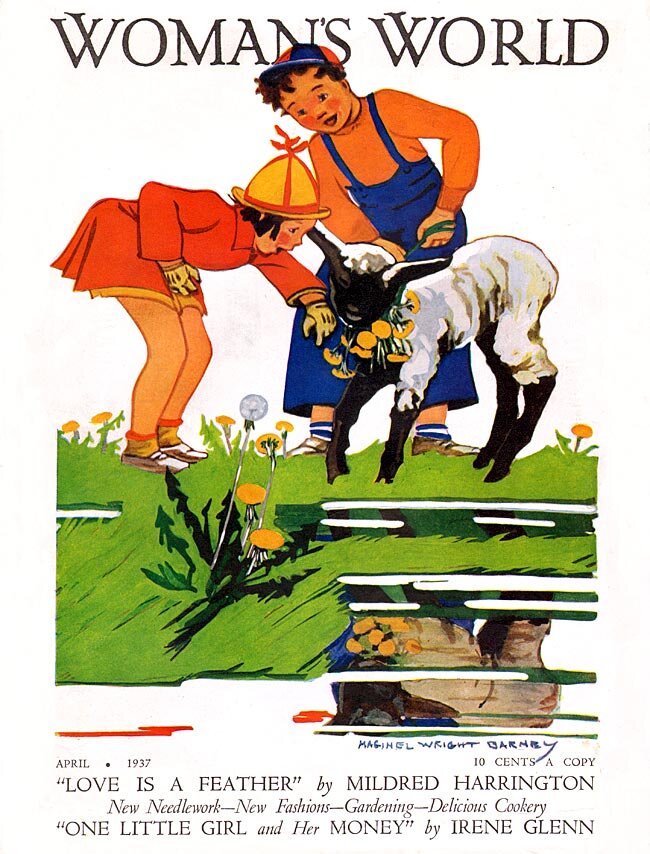
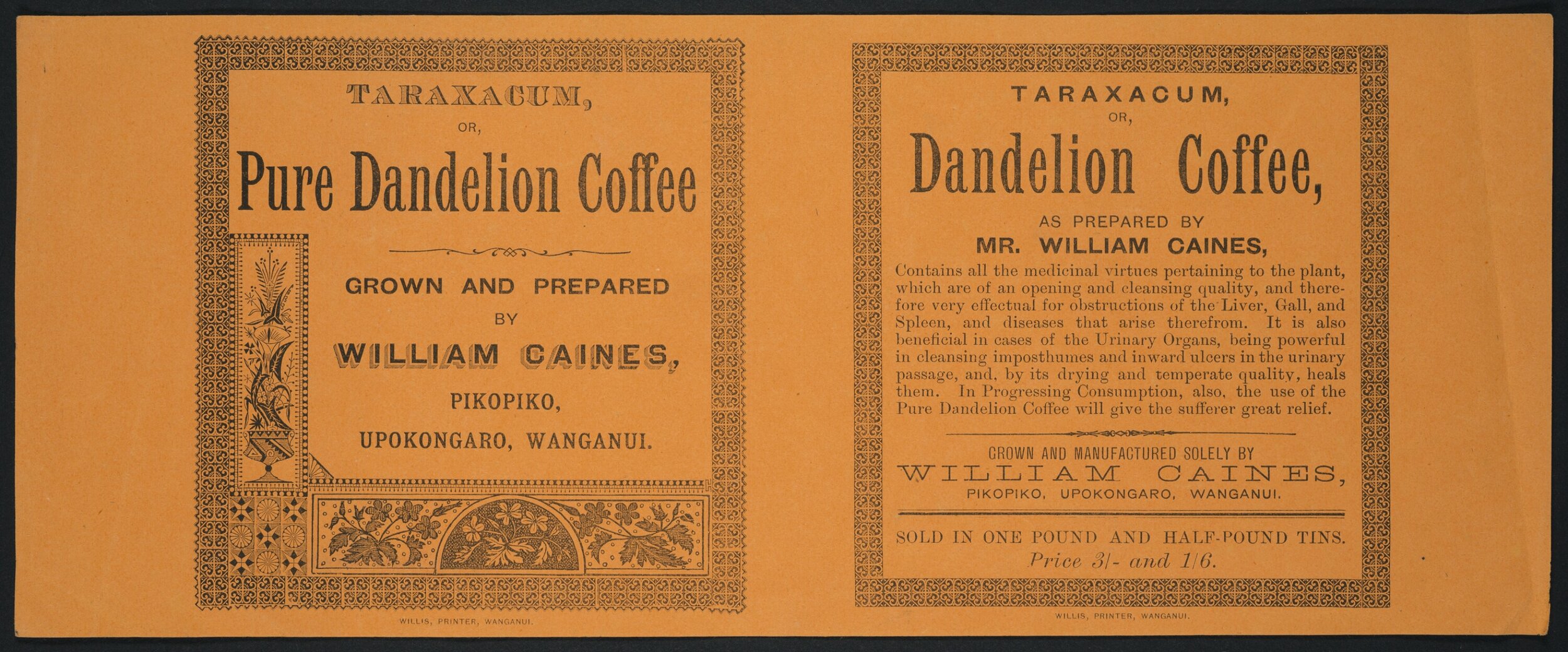
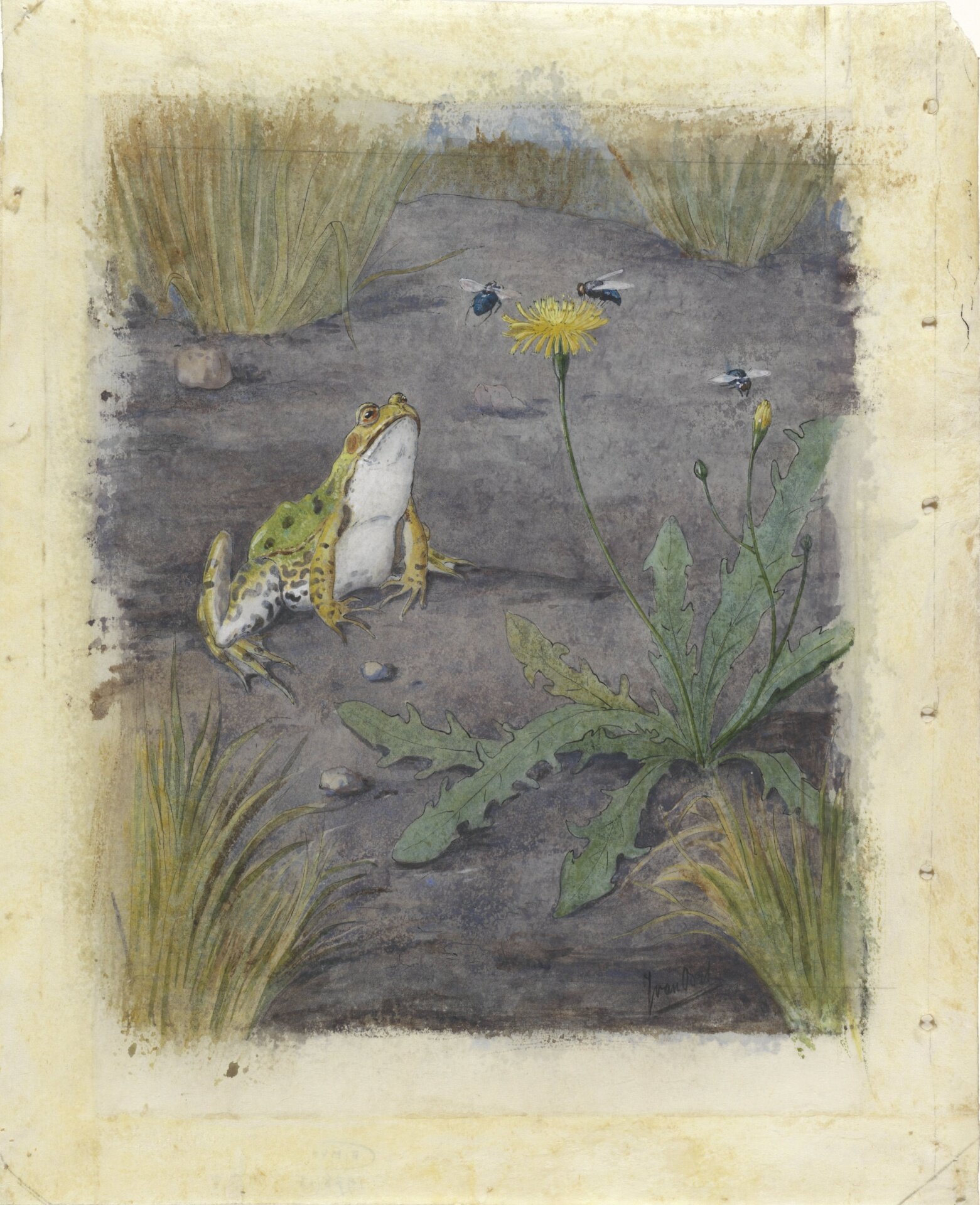
Dandelions in Music
Humans have been writing music about dandelions for a very long time. The below Spotify playlist represents almost two hours worth of music featuring the dandelion including songs by The Rolling Stones, Johnny Cash, Guided By Voices, The Lemonheads, etc.
Below I have included sheet music from a 1894 song called “The Dandelion.” I challenge you to find someone who can recreate this music on video to be included in this article.
The Dandelion
Protheroe, D. (composer) Erskine, E. P., Mrs. (lyricist) created and published by Joseph Flanner, Milwaukee, 1894.
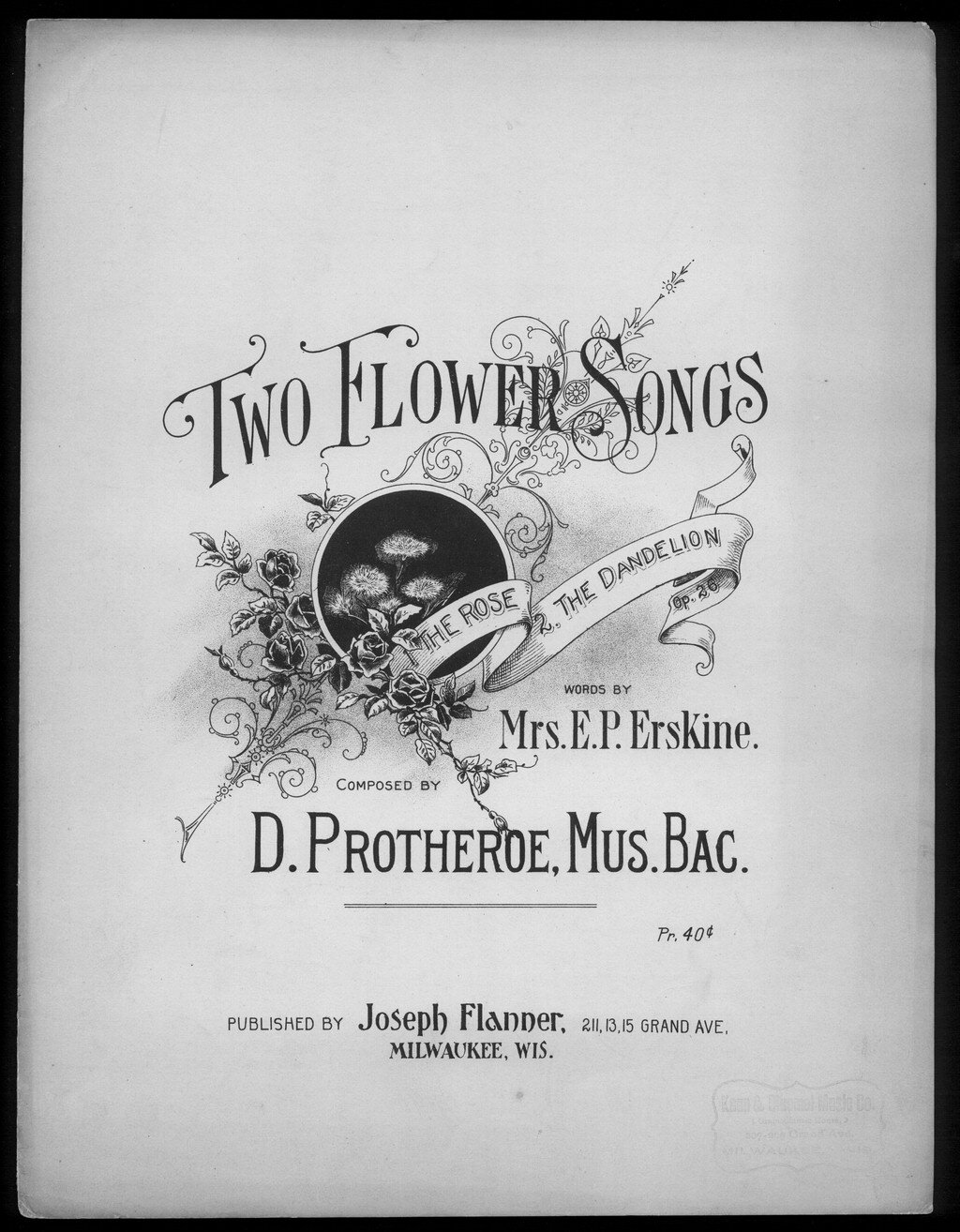
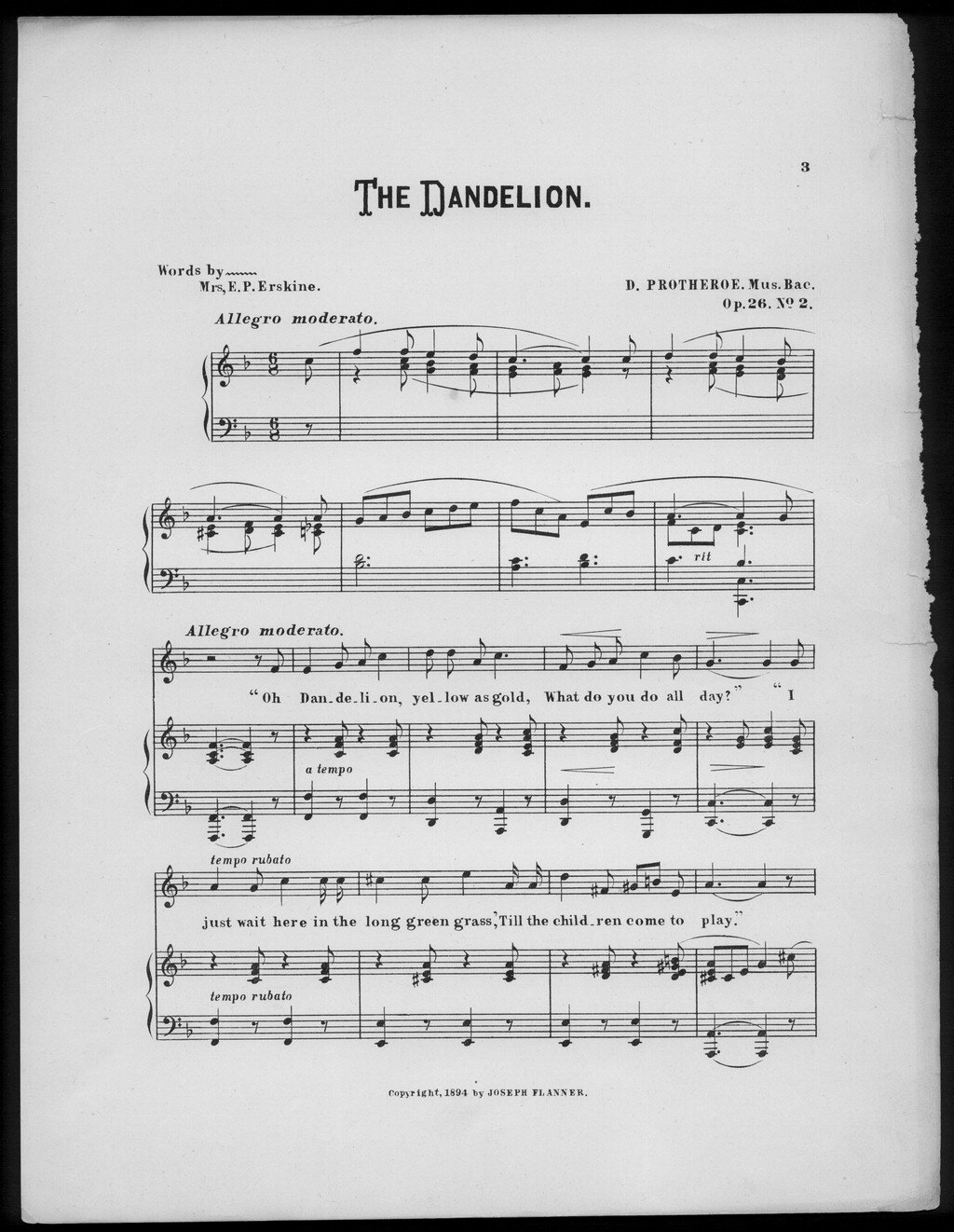
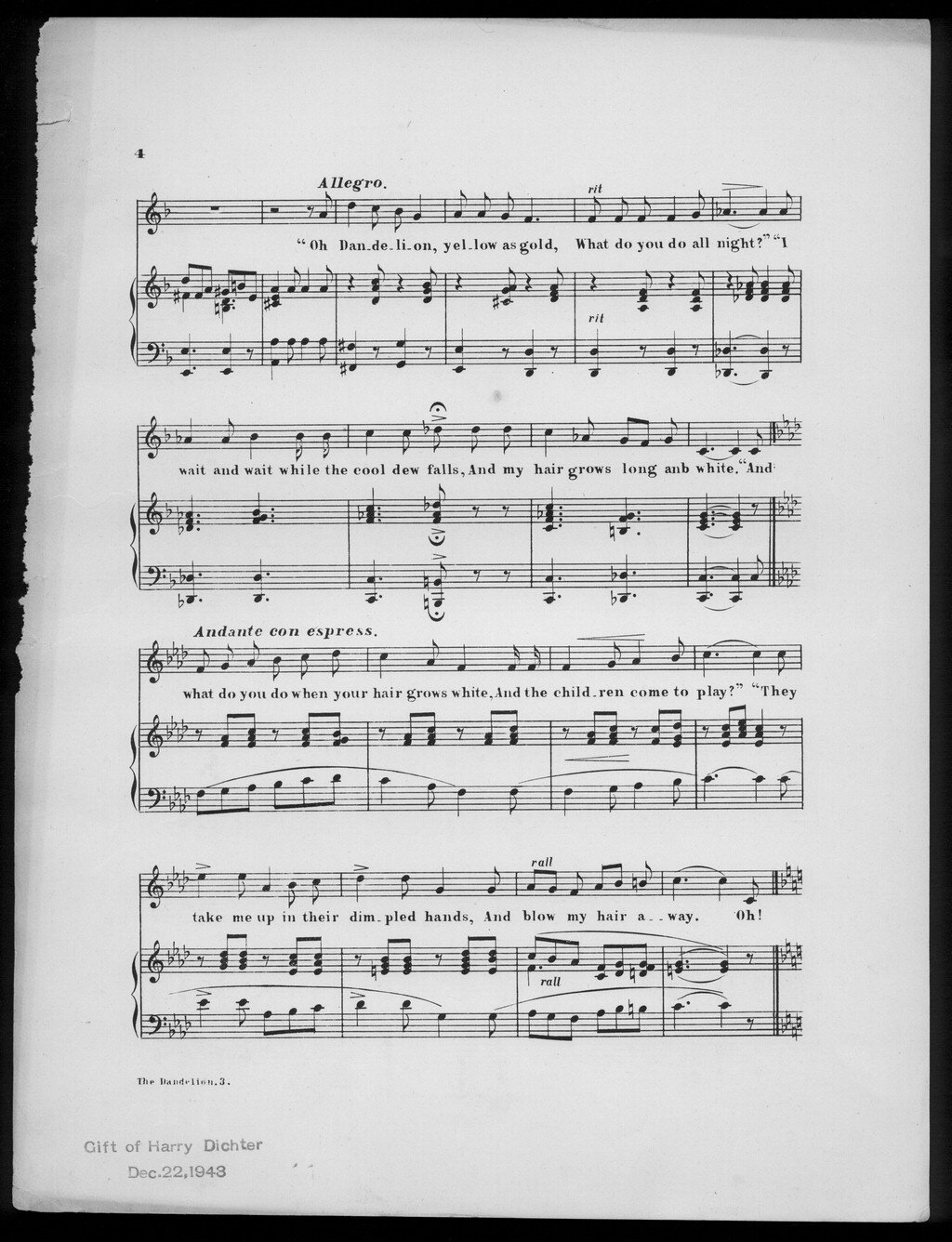
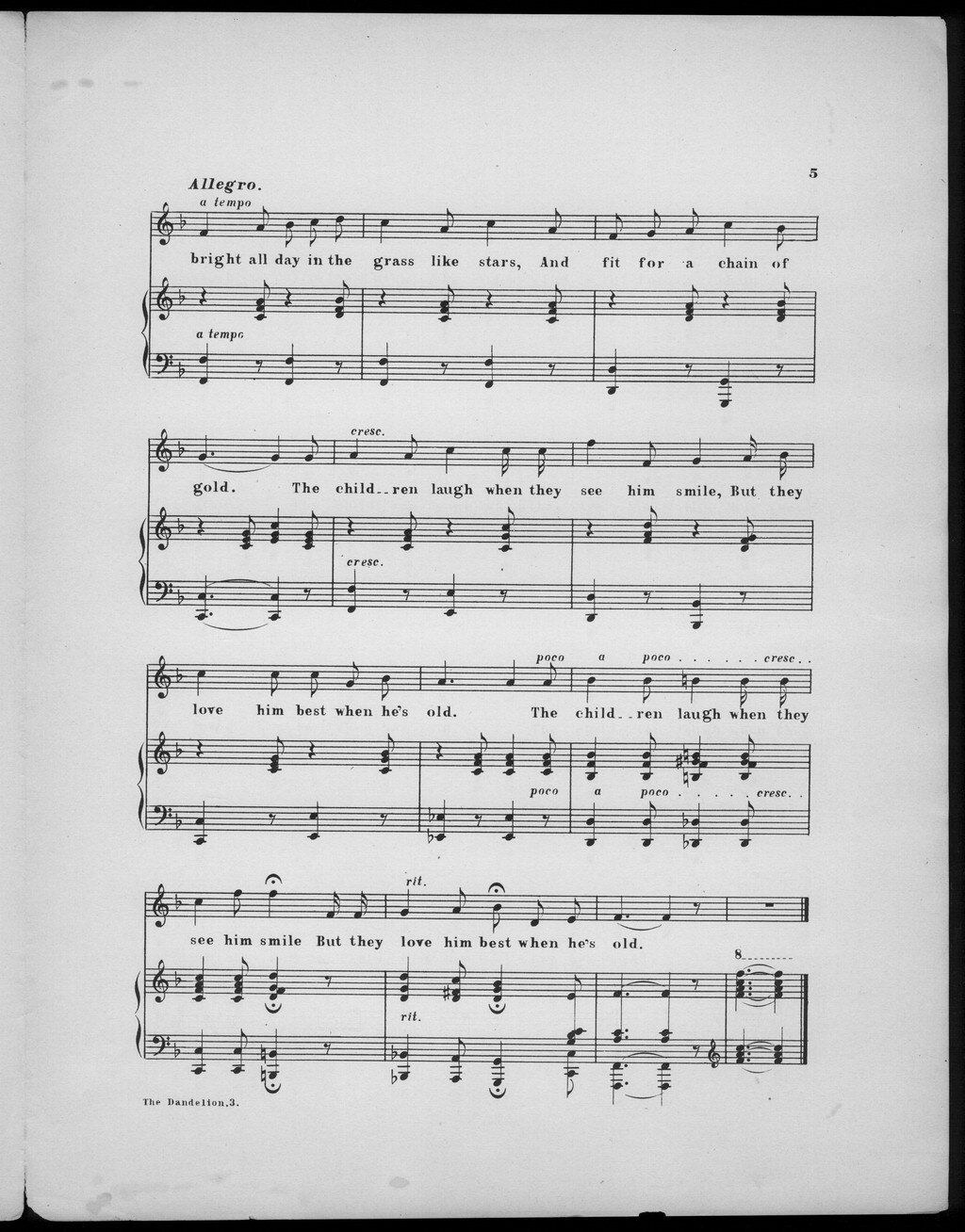
Interviews
Friends, I am putting forth my own grandfather’s accounts of his experiences with the Dandelion. I was a bad interviewer then. I tried to keep him on topic. I should have just let him speak. He was trained by “The Capolares:” a now extinct culture of sheep herders who tended livestock in the Rock Mountains. He is a castle amongst men.














![[Dandelion Seeds] by William Henry Fox Talbot (British, Dorset 1800–1877 Lacock)](https://images.squarespace-cdn.com/content/v1/59bae60f1f318d07a99856a4/1587415139386-D5F7NR898JRRZV6S4OE5/Dandelion6.jpg)

![L. Prang & Co, P. (1882) To my valentine. By dandelion post I send this valentine to my friend / illegible monogram. , 1882. [Boston: L. Prang & Co., Boston] [Photograph] Retrieved from the Library of Congress, https://www.loc.gov/item/…](https://images.squarespace-cdn.com/content/v1/59bae60f1f318d07a99856a4/1595063605884-1KJMPI6IZD43FMBUVEYR/Dandelion10.jpg)

